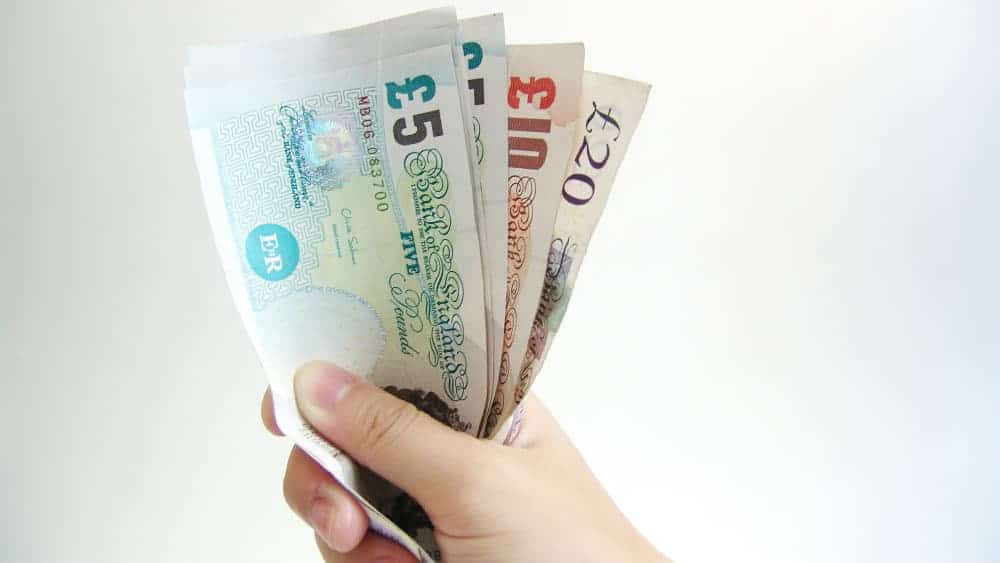Share this page:
My attitude towards investing has, I like to think, evolved since I began contributing to a Stocks and Shares ISA.
For starters, I used to check my portfolio’s value on a near-daily basis. This would lead to consternation if it was even marginally down from the previous day.
Instead, I trained myself to only check in once or twice a month: I’m a long-term, buy-and-hold investor after all!
Another thing I used to do was jump for joy when I saw dividends roll into my ISA – and promptly transfer them into my current account, ready to spend…
Free money!, right? Well, yes – and no.
Sure, it was nice to buy a round in the pub and think that it was being paid for by money earned by the money that I had earned (still following?)
At times, I even took the dividends out of my account to then go back in as part of my next share purchase, the logic being that if I had ‘recouped’ say £50 in dividends then if I were to spend £500 next time I bought shares, only £450 of my ‘earned’ money would be contributing to that final figure.
I’m not saying it was entirely logical, but that was my thinking at the time. And to Young Sam’s credit, you’d be hard pressed to completely argue against it.
But here’s the thing. There was one year where I was fortunate enough to max out my annual ISA threshold, for a number of reasons I won’t bore you with today. So I found myself before the end of the tax year, wanting to buy more shares but finding that I had transferred in the £20k maximum already… and April was still a few months away.
Yet, if I hadn’t transferred out my dividends (only to ultimately use them as part of my spend on shares anyway) then I would have been able to invest that maximum ISA allowance AND reinvest however much I had earned in dividends on top of that.
Therefore making more of my money work harder for me.
I’m not saying this is a loophole, or ‘cheat code’, or anything of the sort. In fact, I imagine most novice investors are aware of the benefits of reinvesting dividends. But if my personal cautionary tale can reach just one reader who had the same initial instincts as my younger self, then I’ll have accomplished my own – and The Motley Fool’s – goal of making the world happier, smarter AND richer.
Was this article helpful?
YesNo
About the author
Editor in Chief of The Motley Fool UK. I follow Foolish investing principles, and in personal finance, I practice what I preach!
Share this page:
Some offers on The Motley Fool UK site are from our partners — it’s how we make money and keep this site going. But does that impact our ratings? Nope. Our commitment is to you. If a product isn’t any good, our rating will reflect that, or we won’t list it at all. Also, while we aim to feature the best products available, we do not review every product on the market. Learn more here. The statements above are The Motley Fool’s alone and have not been provided or endorsed by bank advertisers. John Mackey, CEO of Whole Foods Market, an Amazon subsidiary, is a member of The Motley Fool’s board of directors. The Motley Fool UK has recommended Barclays, Hargreaves Lansdown, HSBC Holdings, Lloyds Banking Group, Mastercard, and Tesco.
This post was originally published on Motley Fool







